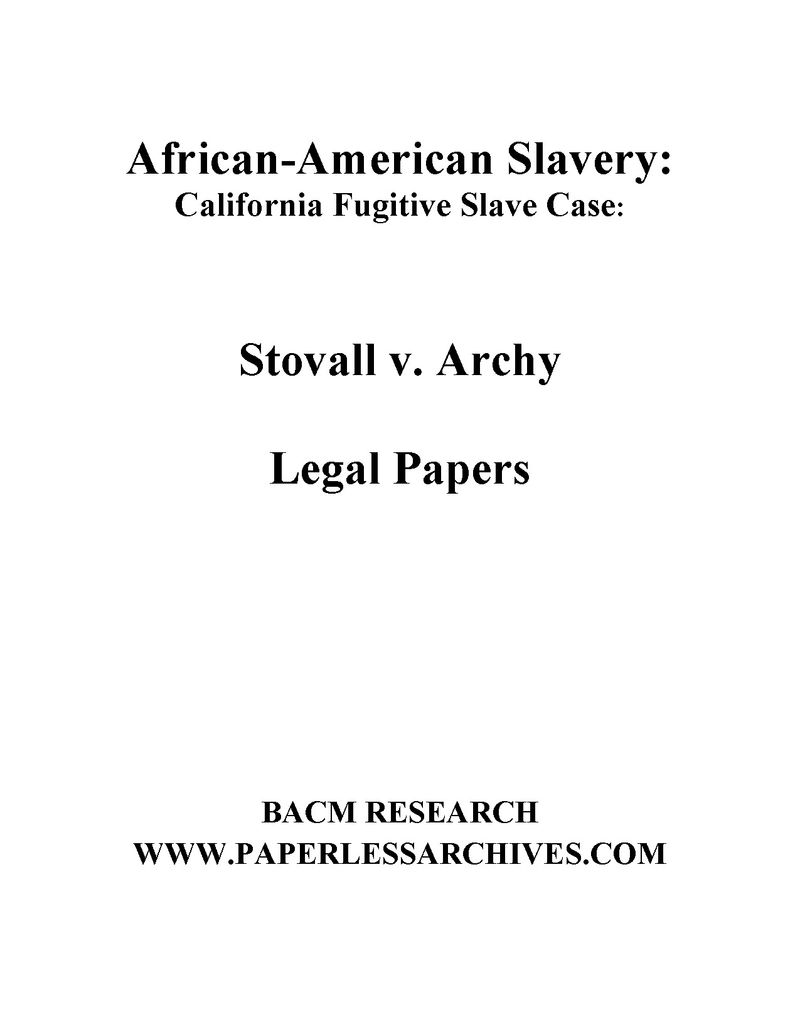
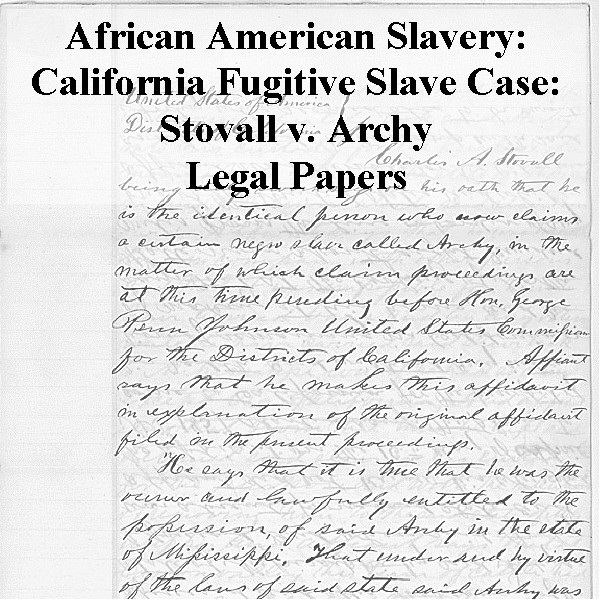
Legal Papers from the California Fugitive Slave Case: Stovall v. Archy
$4.99
Description
This collection of 409 pages centers on the unique legal battle of Stovall v. Archy, the only known federal fugitive slave case adjudicated in California. The case revolves around Archy Lee, an African American man born into slavery in Mississippi in 1840. His enslaver, Charles Stovall, brought him to Sacramento, California in 1857, seemingly ignoring California’s free-state status. While in California, Stovall operated a school and rented out Lee’s labor.
However, when Stovall planned his return to Mississippi in January 1858, the eighteen-year-old Lee seized the opportunity to escape and return to Sacramento. Initially, a California judge ruled in Lee’s favor, declaring him a free man due to California’s prohibition of slavery and Stovall’s apparent establishment of permanent residency in the state. This initial victory, however, was short-lived.
The California Supreme Court overturned the lower court’s decision, citing Stovall’s inexperience and ill health as justification for allowing him to take Lee back to Mississippi as his property. This reversal propelled the case into the federal court system.
The collection’s core component is 32 pages of court documents from the federal proceedings. These filings, primarily from Stovall’s perspective, offer a detailed narrative of their journey from Mississippi to California and Stovall’s exploitation of Lee’s labor. The scarcity of surviving federal records, mostly found in the National Archives-Pacific Region, highlights the limited documentation of this pivotal case. The available records predominantly represent Stovall’s viewpoint, offering a potentially biased perspective on the events. The collection thus provides a rare glimpse into a significant, yet under-documented, episode in the history of slavery in a supposedly free state. The collection of documents includes a petition submitted by C. A. Stovall, along with sworn statements supporting his claim from several individuals: S. J. Noble, E. H. Baker, and E. R. Doyle. Also included is the official warrant used to apprehend Archie Lee, a subpoena summoning witnesses on Archie’s behalf, and some unidentified handwritten notes, presumed to be from the U.S. Commissioner who handled the case under the Fugitive Slave Act.
Archie Lee, with the assistance of some free African Americans in California, attempted to evade capture by Stovall, who sought to return him to Mississippi. This evasion attempt ultimately resulted in Archie’s arrest as a runaway slave.
Following his arrest, Charles Parker, a prominent figure within Sacramento’s substantial free Black community, initiated legal action by filing a writ of habeas corpus on Archie’s behalf. The initial trial took place in Sacramento County Court in 1858. Due to the considerable length of Stovall’s stay in California, the county court determined that the Fugitive Slave Act of 1850 was inapplicable, thereby declaring Archie a free man.
Despite this initial victory, Archie was subsequently rearrested, escalating the case to the California Supreme Court. This higher court reversed the lower court’s decision, ruling that the Fugitive Slave Act remained in effect even if the slave owner’s presence in California was temporary, a claim Stovall maintained. Stovall then made an attempt to transport Archie back to Mississippi by sea; however, this was thwarted by free Black activists who filed kidnapping charges against him, charges that were formally served by the San Francisco police.
The legal battle continued swiftly, transitioning from the San Francisco County Court to the U.S. Commissioner’s office in San Francisco. Stovall, anticipating a favorable ruling from the Southern-born Commissioner, was disappointed. On April 14, 1858, the Commissioner ruled that Archie was not a fugitive slave and ordered his release. Contradictory accounts emerged, notably in the “Brief for Respondent,” which presented a version of events significantly different from Stovall’s initial assertion of a short-term stay in California. This collection of materials centers on the Stovall v. Archy case, a significant legal battle highlighting the impact of the Fugitive Slave Law. The 1861 anti-slavery tract from the American Anti-Slavery Society provides contemporary commentary, focusing specifically on the details and implications of the Stovall case.
A substantial body of newspaper clippings, spanning from 1858 to 1893, offers a journalistic perspective on the legal proceedings, primarily drawing from California newspapers covering the trial’s unfolding in 1858. Adding further context, a 1999 National Park Service study by Albert S. Broussard delves into the broader picture of civil rights, racial protest, and anti-slavery activism in 19th-century San Francisco, placing the Stovall case within its socio-political environment and exploring the wider issues it represented. Finally, a 2012 National Park Service publication, “Sweet Freedom’s Plains,” expands the narrative by incorporating the Stovall case into a larger examination of African American experiences on the overland trails to the West. This latter work, focusing on the period from 1841 to 1869, explores the journeys, perspectives, and community building of black emigrants, contextualizing Archy Lee’s situation within the broader context of westward migration and the challenges faced by African Americans seeking freedom in the newly developing West, including the impact of California’s own Fugitive Slave Act of 1852. In essence, these sources offer a multifaceted view of the Stovall case, examining it through the lenses of contemporary activism, journalistic reporting, historical scholarship, and the broader narrative of African American migration in the 19th century.
Related products
-
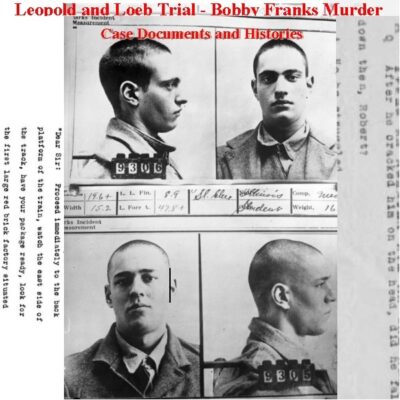
Leopold and Loeb Trial – Bobby Franks Murder Case Documents and Histories
$19.50 Add to Cart -

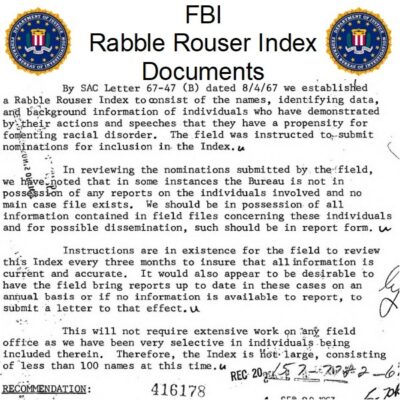
FBI Rabble Rouser Index Documents
$4.99 Add to Cart -
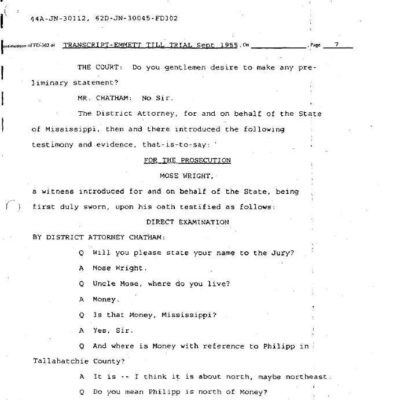
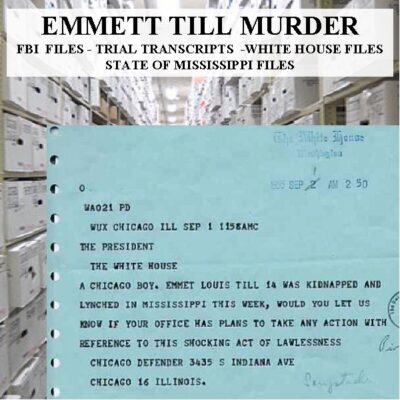
Emmett Till Murder: FBI, White House, Mississippi Files & News Articles
$19.50 Add to Cart -
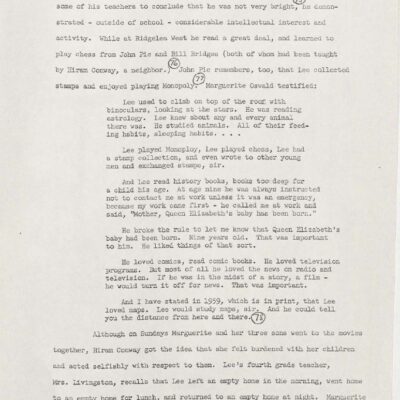
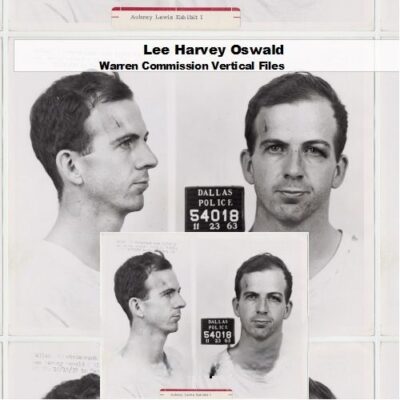
John F. Kennedy Assassination: Lee Harvey Oswald Warren Commission Vertical File
$19.50 Add to Cart